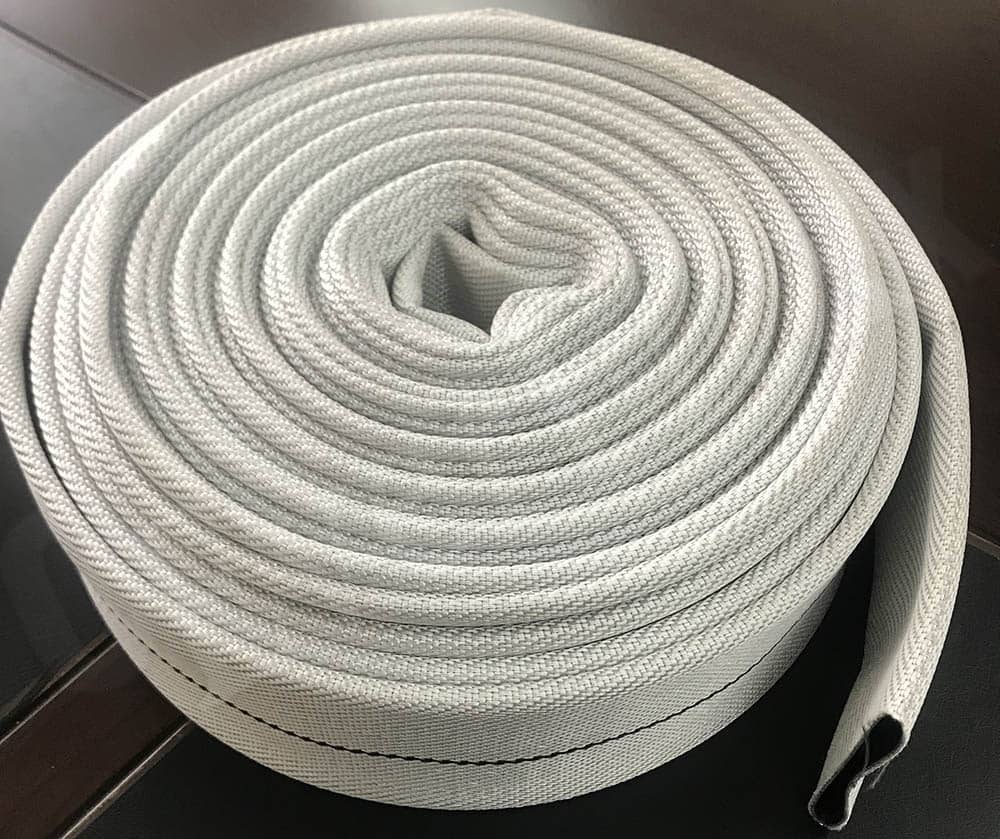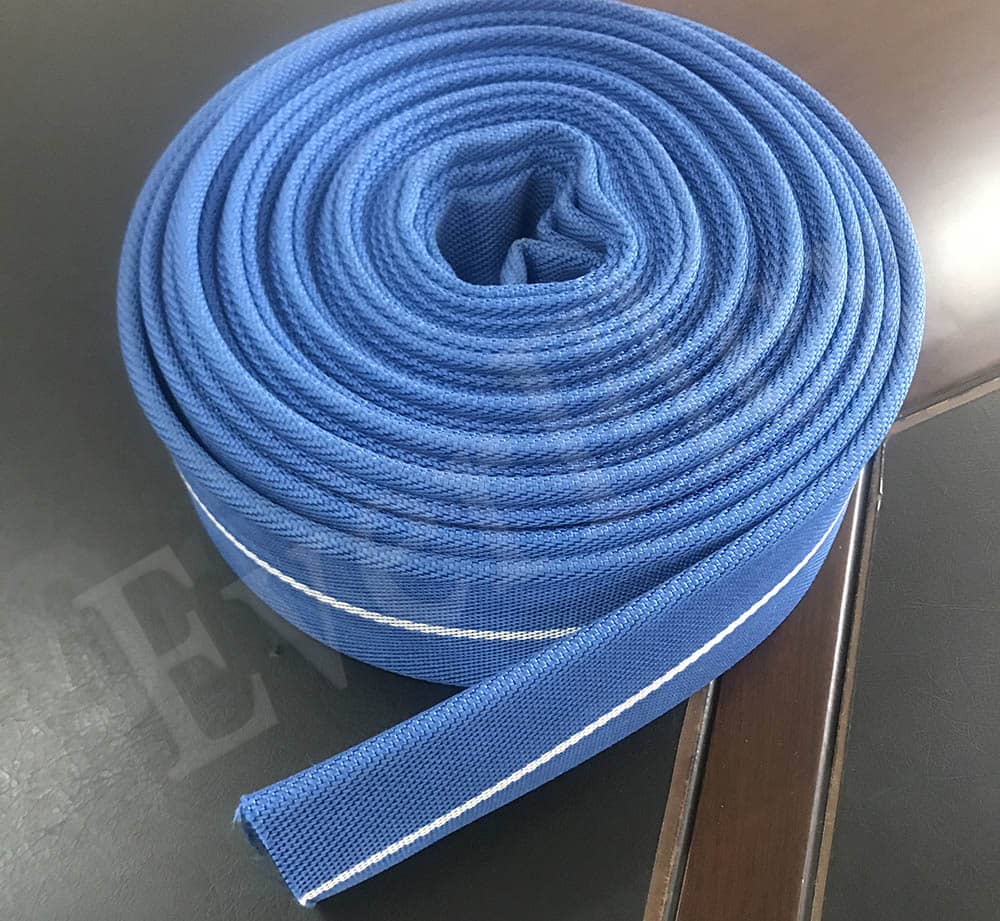The abrasion resistance of a fire hose is a critical property that ensures durability and reliability in harsh firefighting conditions. Here’s how it is achieved and tested:
1. Materials Used for Abrasion Resistance
Fire hoses are typically made from:
Rubber Cover
Most common, offering excellent abrasion resistance.
Reinforced Synthetic Fibers, for example, Nylon
Provides structural strength while resisting wear.
Polyurethane (PU) or Thermoplastic Coatings-Used in some lightweight hoses for added abrasion protection.

2. Construction Features Enhancing Abrasion Resistance
External Rubber Covering-Thick, durable rubber protects inner layers from scraping against rough surfaces (e.g., pavement, debris).
Reinforcement Weave-High-tensile fabric or yarn layers prevent cuts and tears.
Corrugated or Textured Surface-Some hoses have ribbed designs to reduce friction drag when pulled.
3. Testing Standards for Abrasion Resistance
Fire hoses must meet strict standards, which include:
Abrasion Test
The hose is subjected to repeated rubbing against abrasive surfaces (e.g., concrete, sandpaper) under pressure.
Bend & Flex Test
Ensures the hose doesn’t crack or degrade when dragged around corners.
Puncture Resistance
Evaluates resistance to sharp objects.

4. Factors Affecting Abrasion Resistance in Real Use
Dragging on Rough Surfaces-Fire hoses often get pulled over asphalt, broken glass, or rocks.
Exposure to Chemicals & UV-Oil, fuel, and sunlight can degrade the outer cover over time.
High-Pressure Water Flow-Internal wear can occur if the hose liner is damaged.
5. Maintenance to Preserve Abrasion Resistance
Proper Storage-Avoid sharp edges and direct sunlight.
Regular Inspections-Check for cuts, cracks, or exposed reinforcement layers. Besides, clean it after use. Because debris, chemicals and soot that could degrade the hose.





